The Article
A90D HEADPHONE AMP FROM TOPPING
25th October 2022
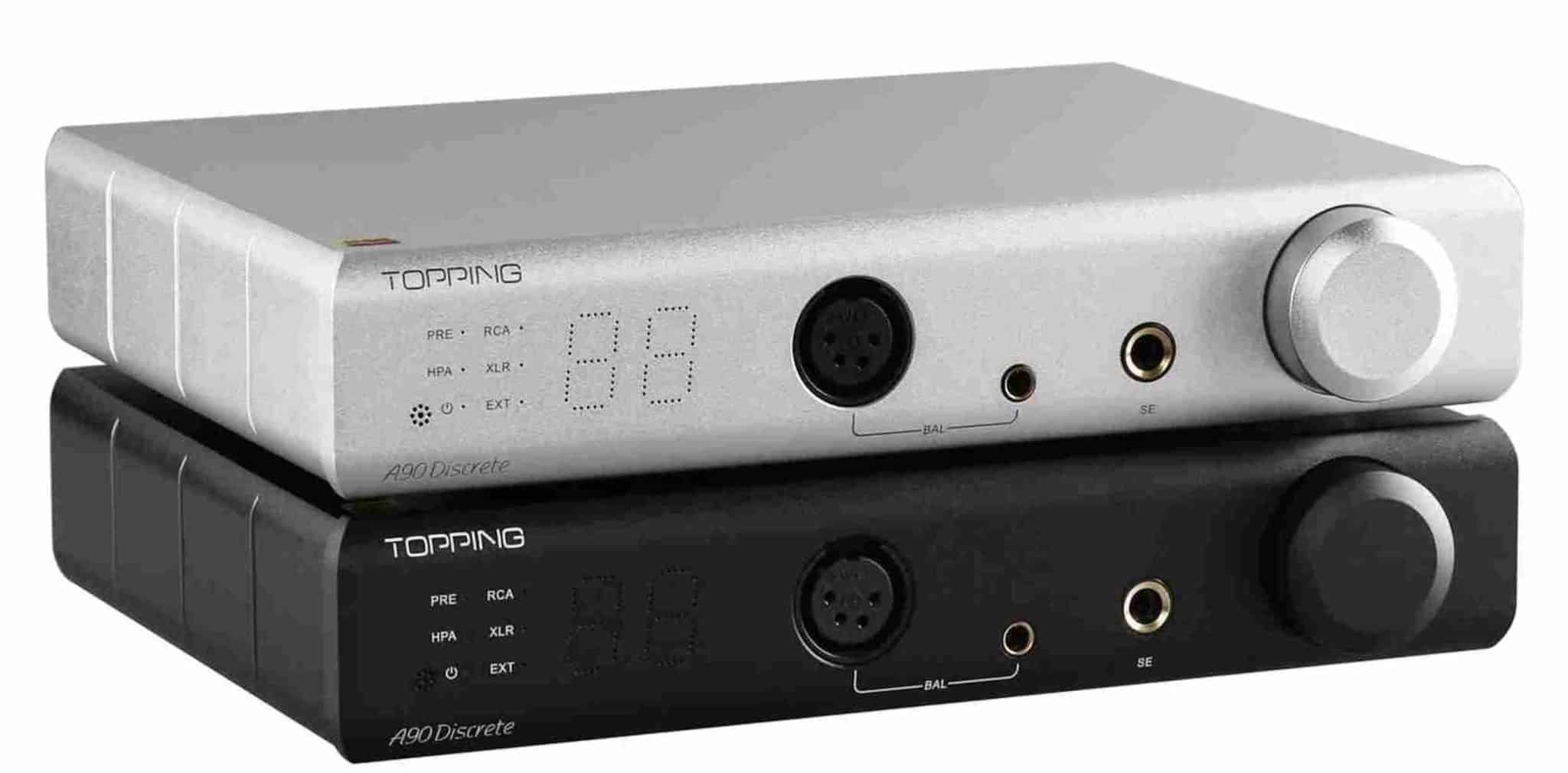
Offering a swathe of features and options, Paul Rigby reviews this desktop unit from the Chinese outfit
I have reviewed a variety of Topping hardware here and on my website but they have all been firmly placed with the budget sphere, have been built to a low price and – you might say – they look it too. This one, the A90D headphone amplifier, is a little different. It arrives at a higher price point and, true to that indicated and more generous build budget, arrives with a dash of panache in terms of aesthetics. Also, because it features a front-mounted volume switch, it can act as a pre-amp, if you wish.
For me, this is a new style of Topping. It’s also a Topping I’m happy to investigate. It’s also a Topping that is different from the original A90. The A90D does not arrive with the earlier model’s toggle switches. There’s no front-mounted input toggle switch and there’s no front-mounted gain toggle. It was the latter especially that I missed. On the A90D the 2-level gain can be found via the included remote control that looks like every other Topping remote you might have seen in your time but with reassigned buttons.
Even so, and I realise that this is a personal bias thing but hey, I much prefer the gain to be mounted on the chassis, in case the Topping remote runs off to the Bahamas with my Blu-ray player.
The reason the A90D is the A90D is because it has taken the A90 and gone Discrete (hence the ‘D’). The A90D uses a suite of Nested Feedback Composite Amplifiers (NFCA), four in all supported by Voltage Current hybrid feedback architecture along with UHGF (Ultra-High Gain Feedback) technology.
All of this gubbins helps to create a fully balanced system with, says the company, a low noise output. We’ll see.
TECH TALK
The A90D(iscrete) pushes out 9,800mW of power at 16 Ohms of load.
Now, even though there are large fingered, foam hands pointing at the balance output of this head amp, single-ended mode is supported too.
That means the front fascia sees a full-size 6.35mm single-ended output while, next door, a balanced 4.4mm Pentaconn output alongside a balanced 4-pin XLR socket.
Around the back are single-ended and balanced inputs and outputs plus a USB port for firmware upgrades.
There’s also a weird little DIN port tagged Extender. This is aimed at another box that increases the amount of inputs. The Extender, known as the EXT90, adds three more pairs of balanced inputs plus another pair of single-ended inputs. You can buy the EXT90 from the link listed below for a penny short of £250.
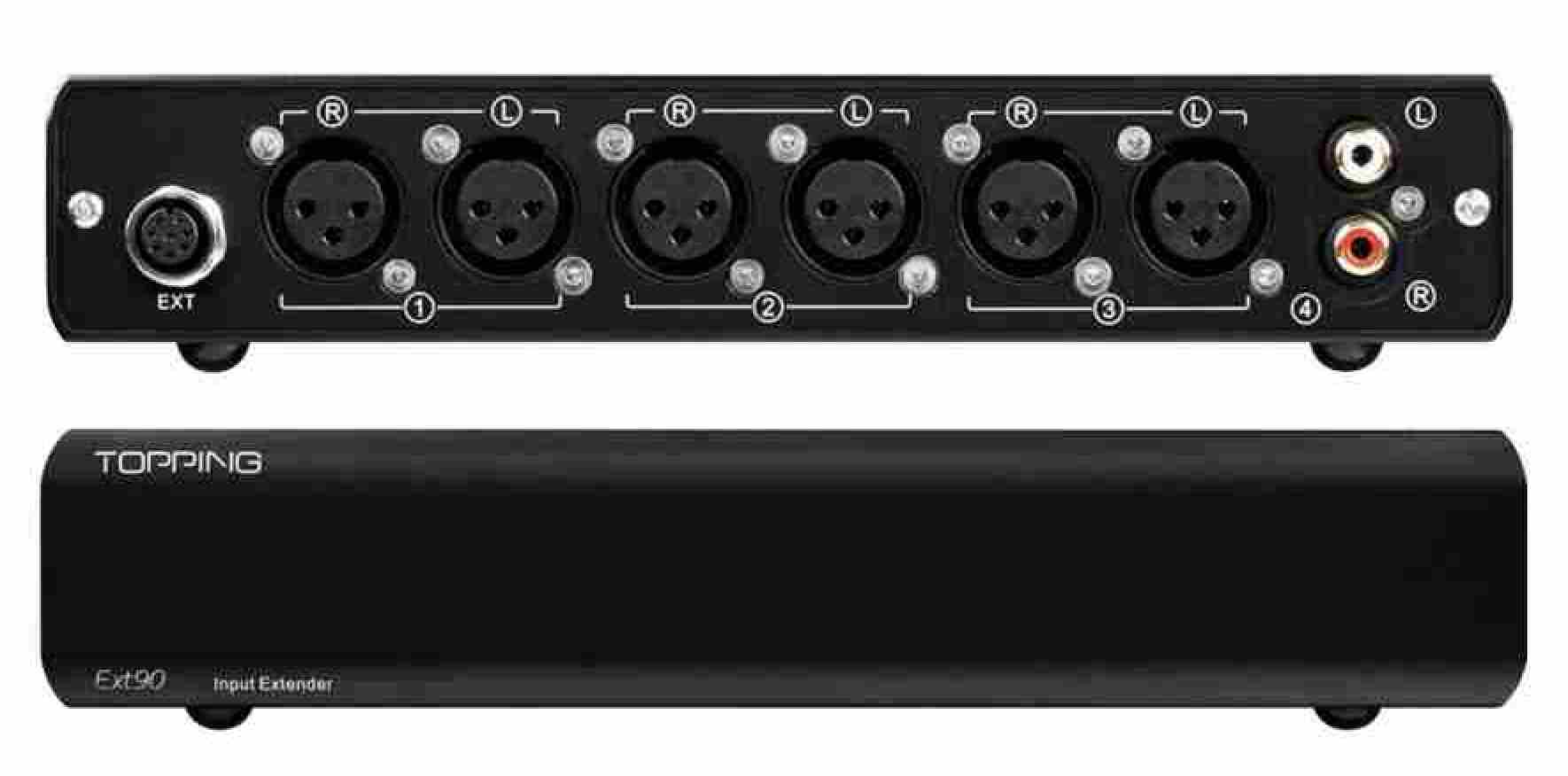
You’ll also find a Ground switch to tackle any nasty hum you might encounter plus a terribly slim rocker power switch.
If you keep the volume knob pressed in and then power up, you will be able to twiddle with the A90D’s internal software setting which allows you to carry the front fascia interface brightness, the remote control itself, volume memory settings and ‘safe’ volume settings.
On the remote control, apart from that Gain button are Mute and Brightness buttons amongst the more usual remote options such as volume and the like.
Spanning 222 x 150 x 45mm, the box also includes a power cable, leaflet instructions and a 3.5mm plug convertor for 3.5mm headphone designs.
So how does this one sound?
SOUND QUALITY
I began in single-ended mode and connected a pair of older Sennheiser HD650s, playing a CD version of Dummy via Portishead. I selected the trip hop track, Numb then Roads to primarily test the bass but also the overall clarity of the two tracks. It’s all too easy for bass to swamp to the soundstage on this one while the Hammond organ sound on Numb can also dissolve into the background.
What struck me immediately was the focus around the lower frequencies. The bass does go down deep on both of these tracks but the level of bleed from the bass was kept to a minimum.
The tight bass response also mean that the vocal struggled less against a bass tide. Thus, the delivery was coated in more emotion and nuance surrounded it, allowing the ear to pick up little imperfections.
The precision around the bass on Roads did mean that bass was never as big or as all encompassing as I have heard it on other head amps but, then again, the 90D did provide a better balanced output. Bass never shirked, it was always there in buckets but the extra focus pushed it a little further back into the mix but, then again, the 90D did provide a better balanced output allowing more information to push through.
I then moved to a Spanish-language track from Eydie Gorme Y Los Panchos and the track Vareda Tropical. This is a husky, dusky, sensual performance from Gorme with acoustic guitar and secondary percussion in the background.
It also has a slightly highlighted midrange so can come over all bright in the wrong technological hands.
While acknowledging the rising mids, the 90D never made a big deal of this sightly clinical midrange output because if its inherent balanced nature. The focus here was the Gorme delivery which was both clear and full of passion. The well-scrubbed, clean nature of the mids and treble helped the upper mids to provide an accurate rendition of the conga drums. The physical slap of each drum hit was particular effective.
HELLO DAN CLARK
Finally? I ended with a silly test, just to see how far this headphone amplifier could go. I connected a pair of headphones to the fully balanced XLRs and played the Portishead CD again. I used the super high-end Dan Clark Stealth headphones priced at £4,100 – possibly the most comfortable headphones I’ve ever had on my head, incidentally.
First up? The A90D drove the Stealth headphones with aplomb. Of course, the Dan Clarks had a big say when evaluating the final sound but I never felt the the A90D was harming their output in any way. The A90D never huffed and puffed or noticeably damaged the sound because of obvious bottlenecks. That is, even though I’m sure that a comparably priced headphone amplifier would walk all over the A90D in sonic terms when paired with the Stealth headphones, the A90D never provided any obvious indication of that. The A90D never panicked or confused the Stealth sound.
Via the A90D, bass was most impressive via the Stealths. Firm, deep, massy and focused enough to provide punch without swamping the midrange. As for mids themselves? There are was a real sense of clarity here so that detail reached the ear in an effortless manner.
CONCLUSION
I was pleasantly surprised at the overall balance of the sound output from the Topping 90D headphone amplifier. The sense of frequency discipline was good here. Everything was in its place. No part of the soundstage sounded wayward or offended in any way. Instead, each tested piece of music bathed in sonic detail. The overall focus and precision from the bass provided a sense of pace to the music while the upper frequencies were both informative and detailed. Add that lot to the wide ranging feature set and you have a quality headphone amplifier for any home HiFi chain.
TOPPING A90D HEADPHONE AMPLIFIER
Price: £599
Website: https://www.electromod.co.uk/products/ToppingUK/
GOOD: balanced mids, focused bass, feature set, output selection
BAD: Gain command on the remote
RATING: 8
[Don’t forget to check out my new Patreon Page at www.patreon.com/audiophileman, for exclusive postings, giveaways and more!]
REFERENCE
Origin Live Sovereign turntable
Origin Live Enterprise 12″ arm
Van Den Hul Crimson XGW Stradivarius Cartridge
Icon PS3 phono amplifier
Aesthetix Calypso pre-amp
Icon HP8 Mk.II headphone amplifier
Dan Clark Stealth Headphones
Sennheiser HD800 headphones
Blue Horizon Professional Rack System
Harmonic Resolution Systems Noise Reduction Components

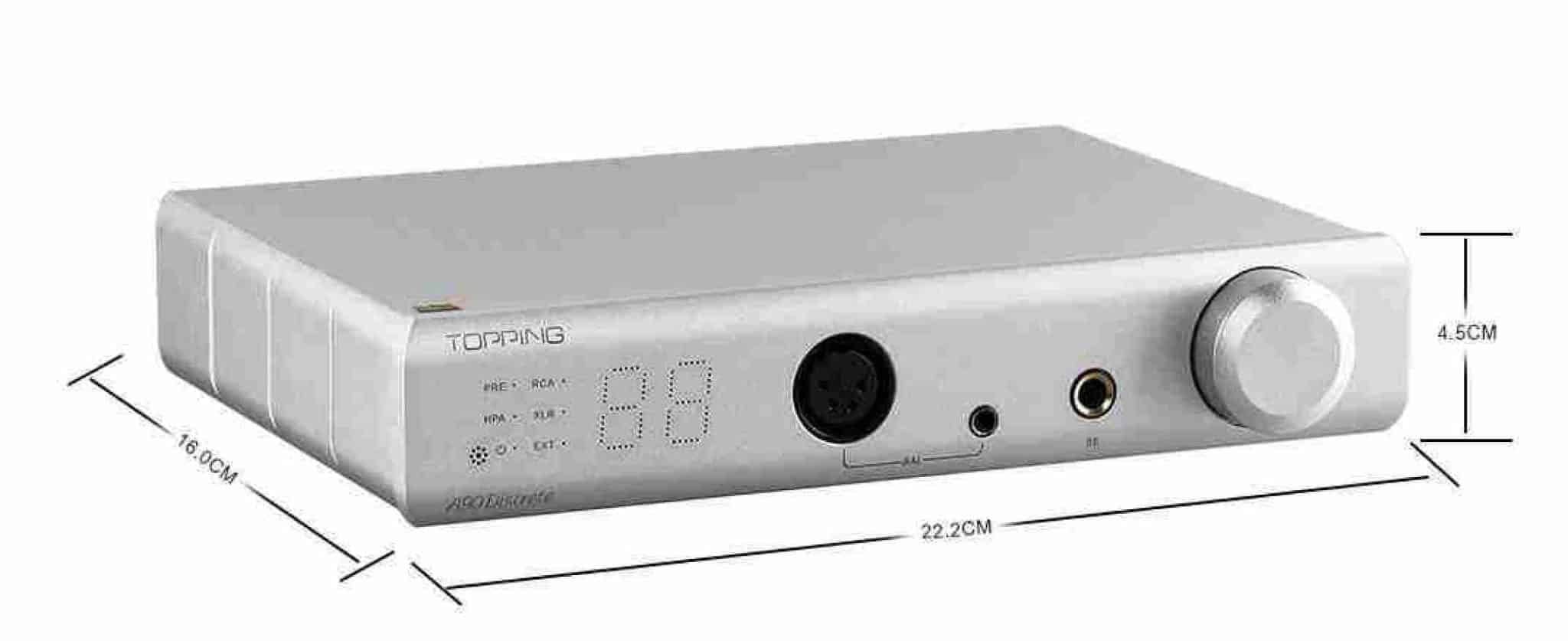
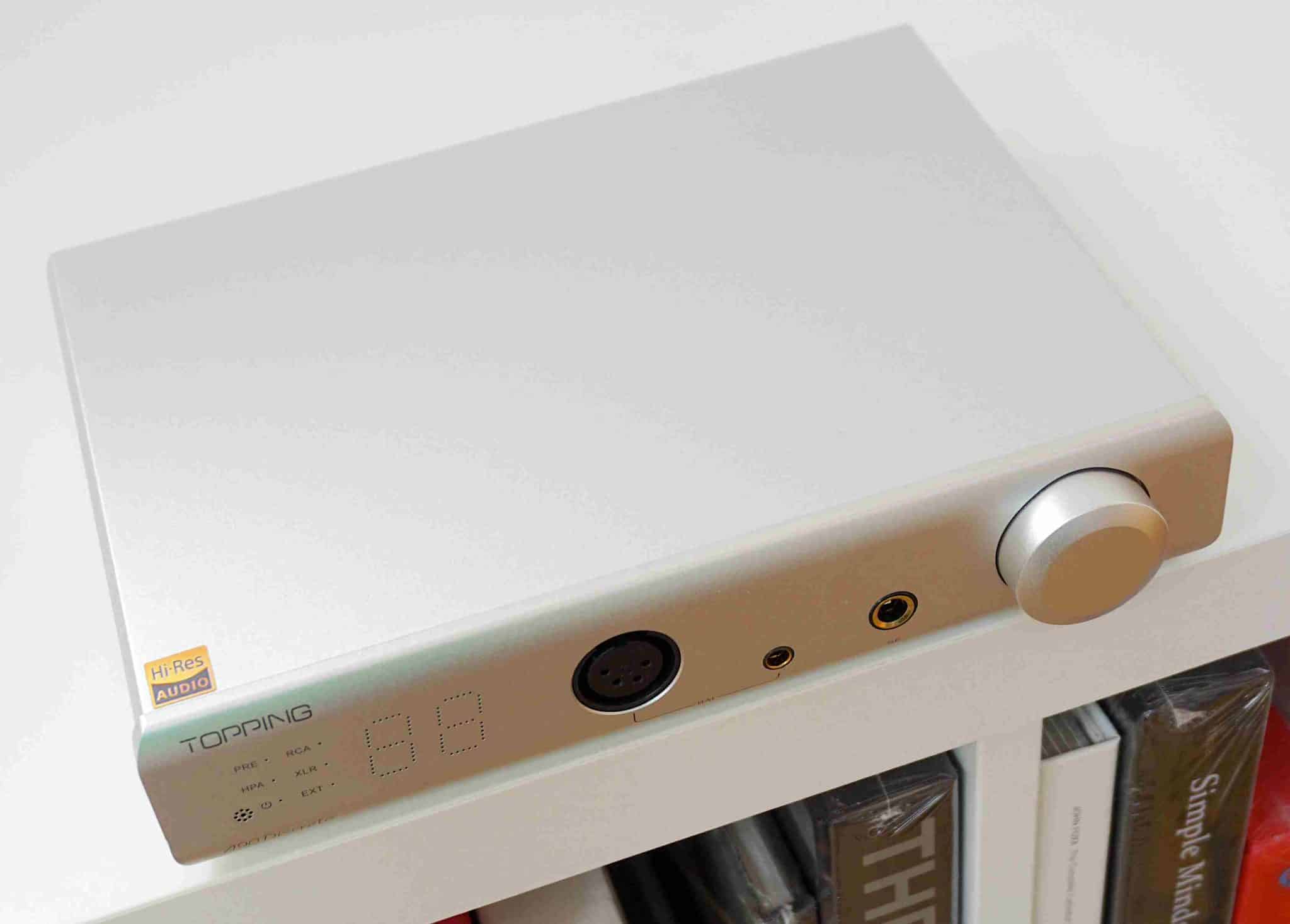
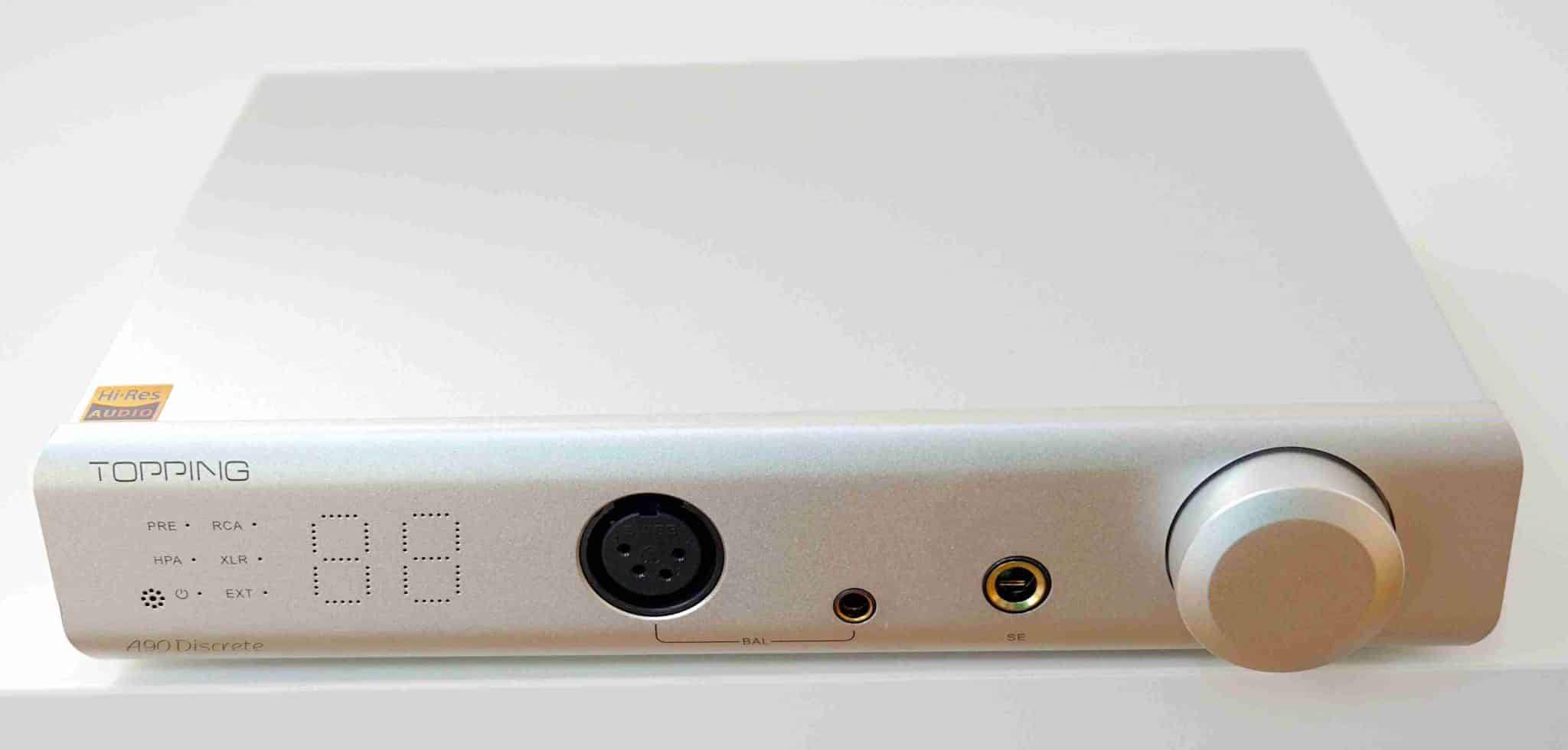
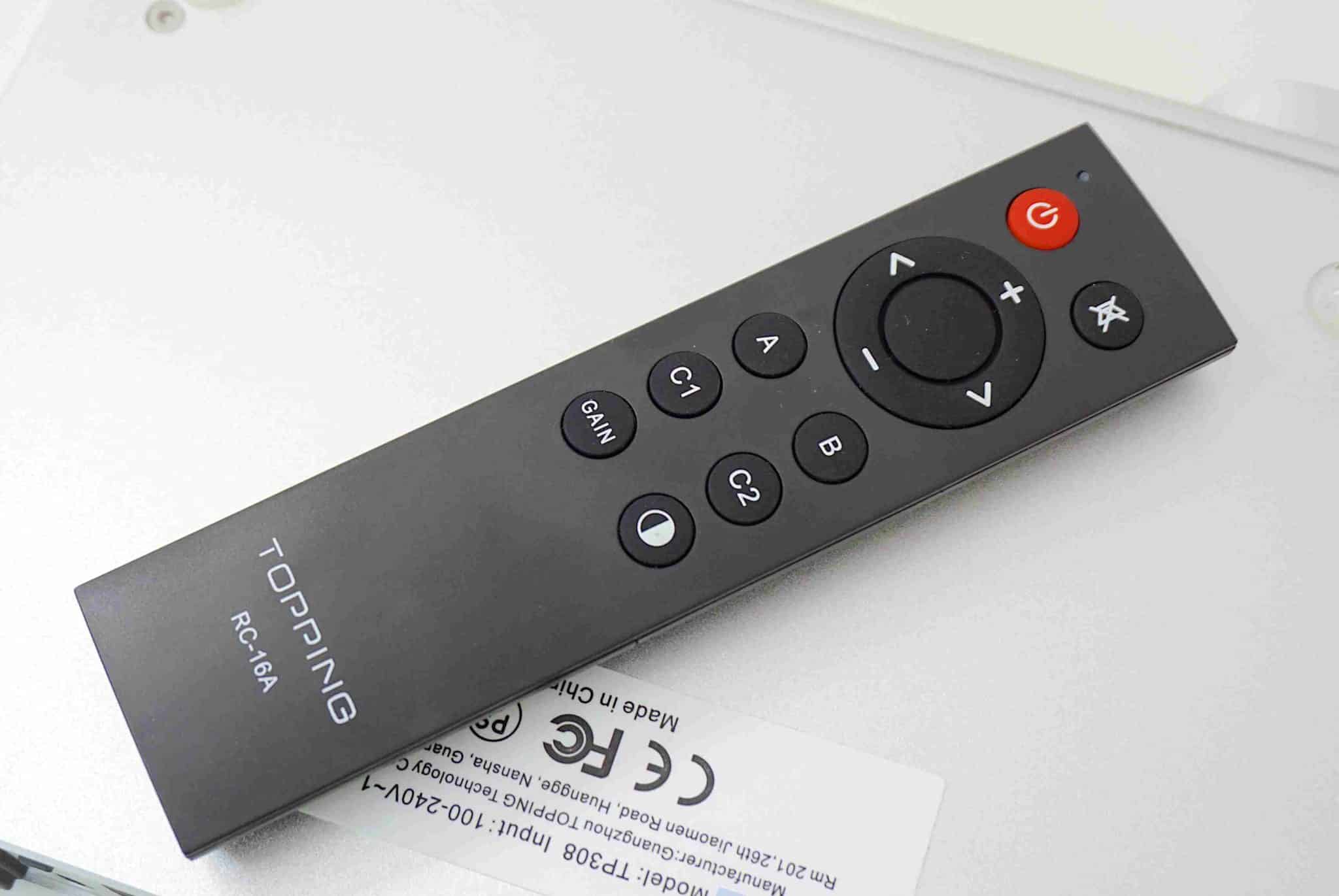
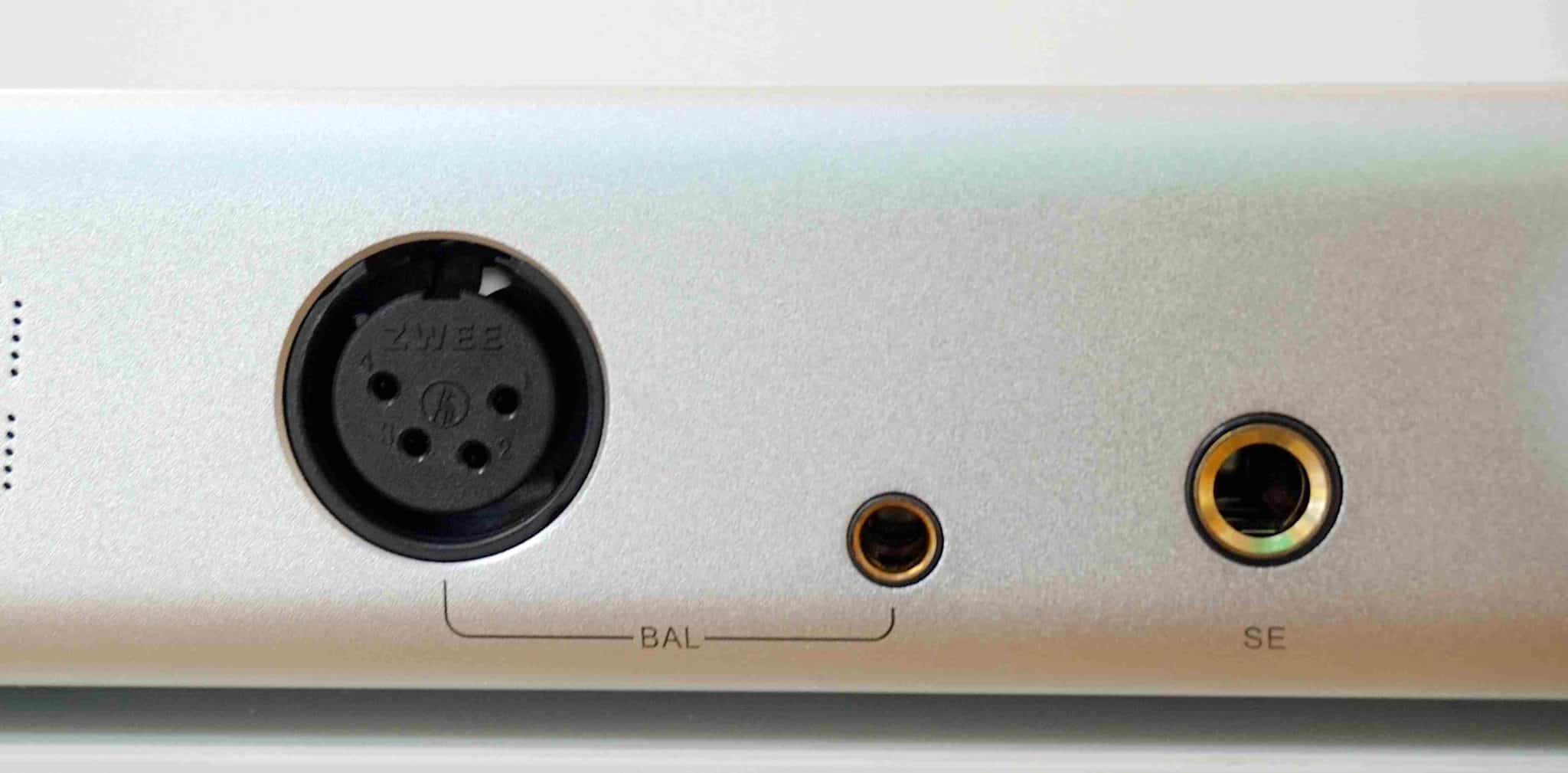
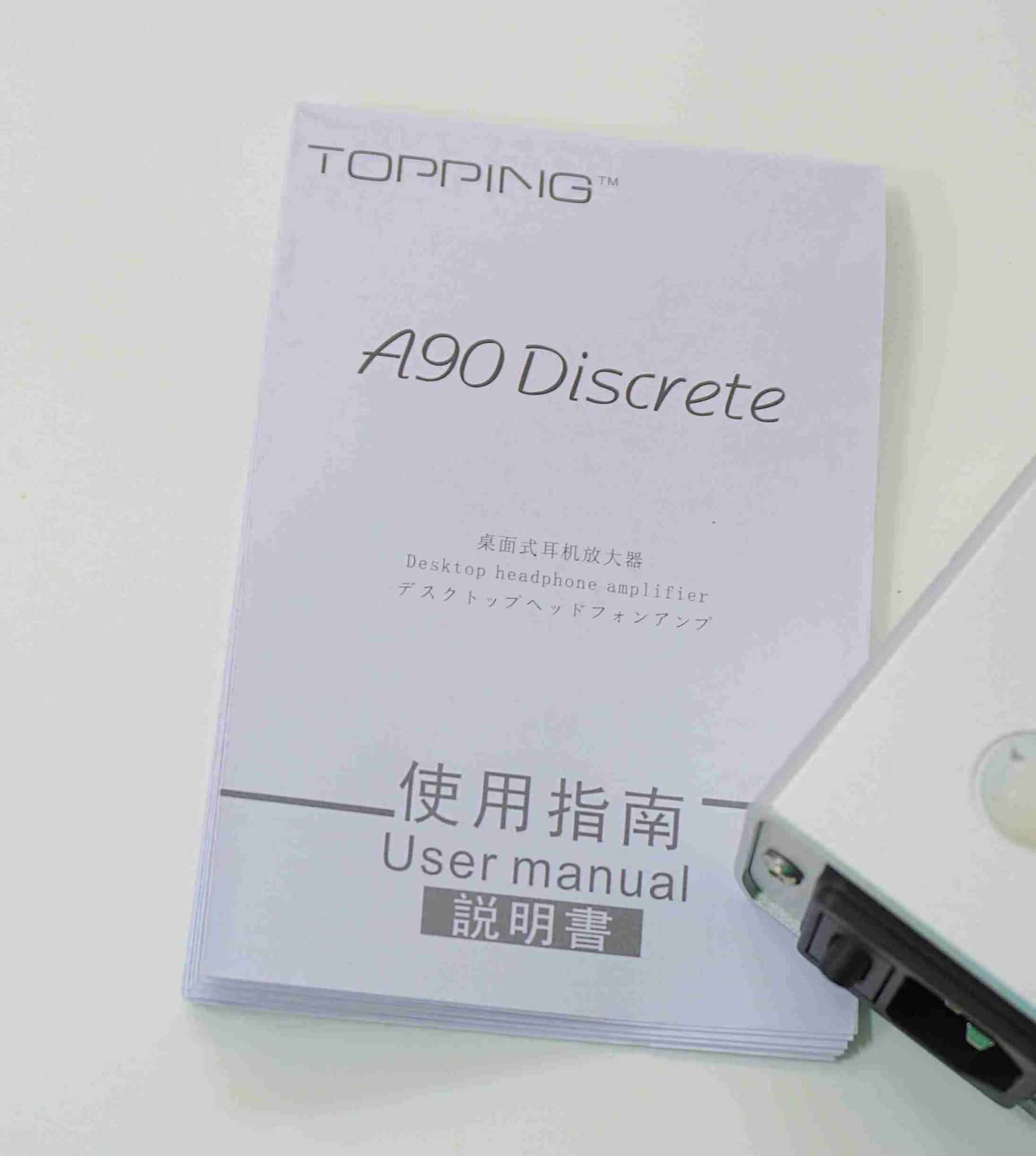
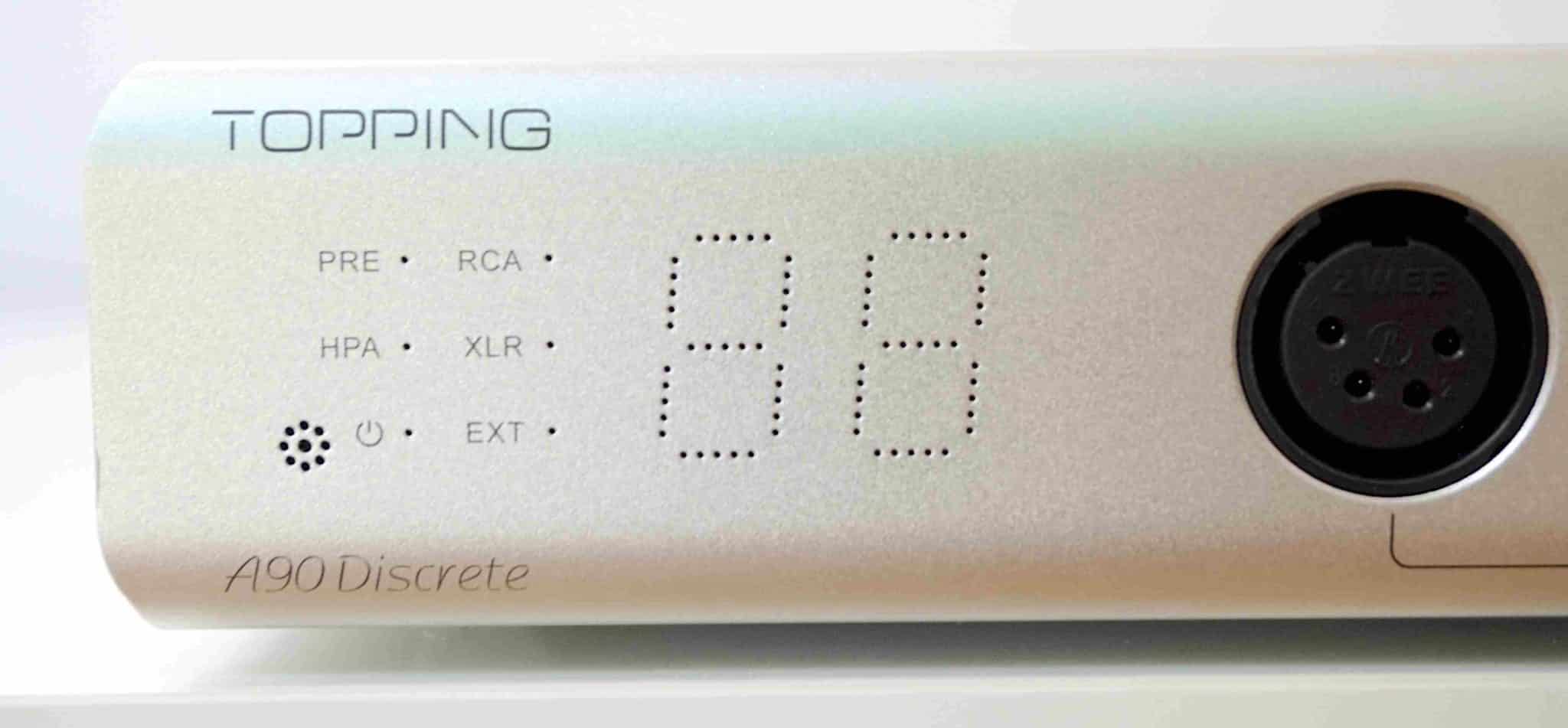

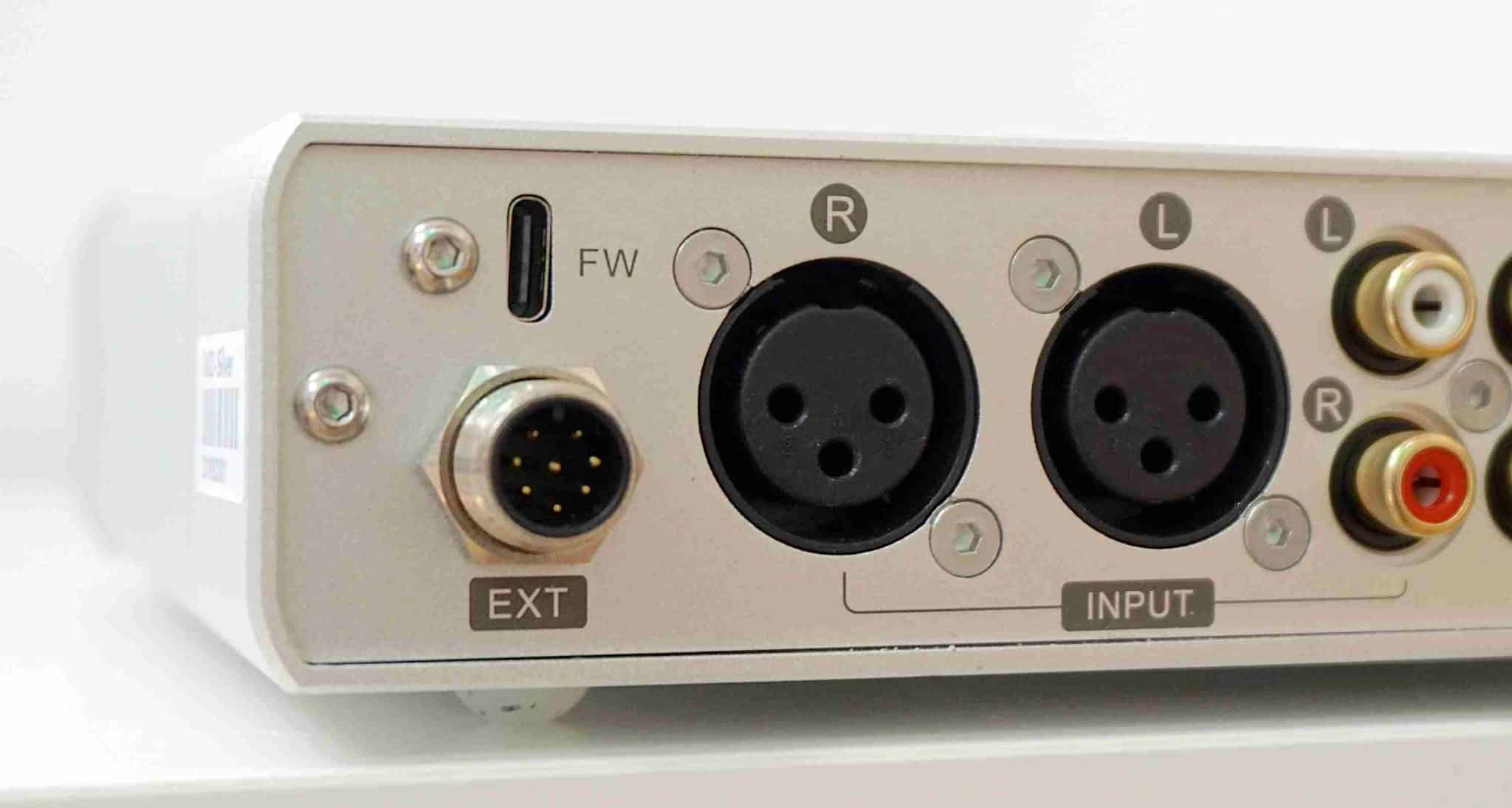
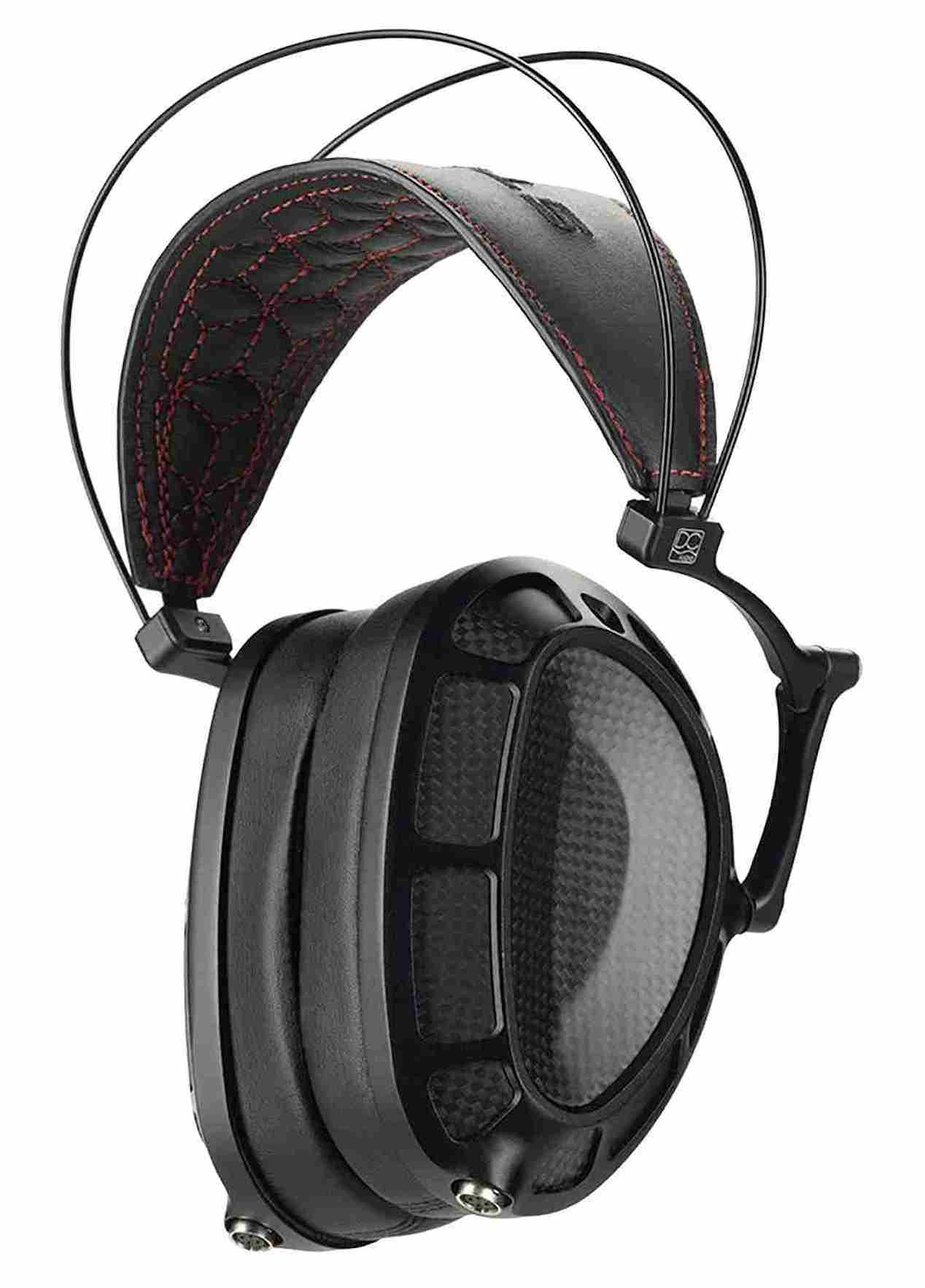
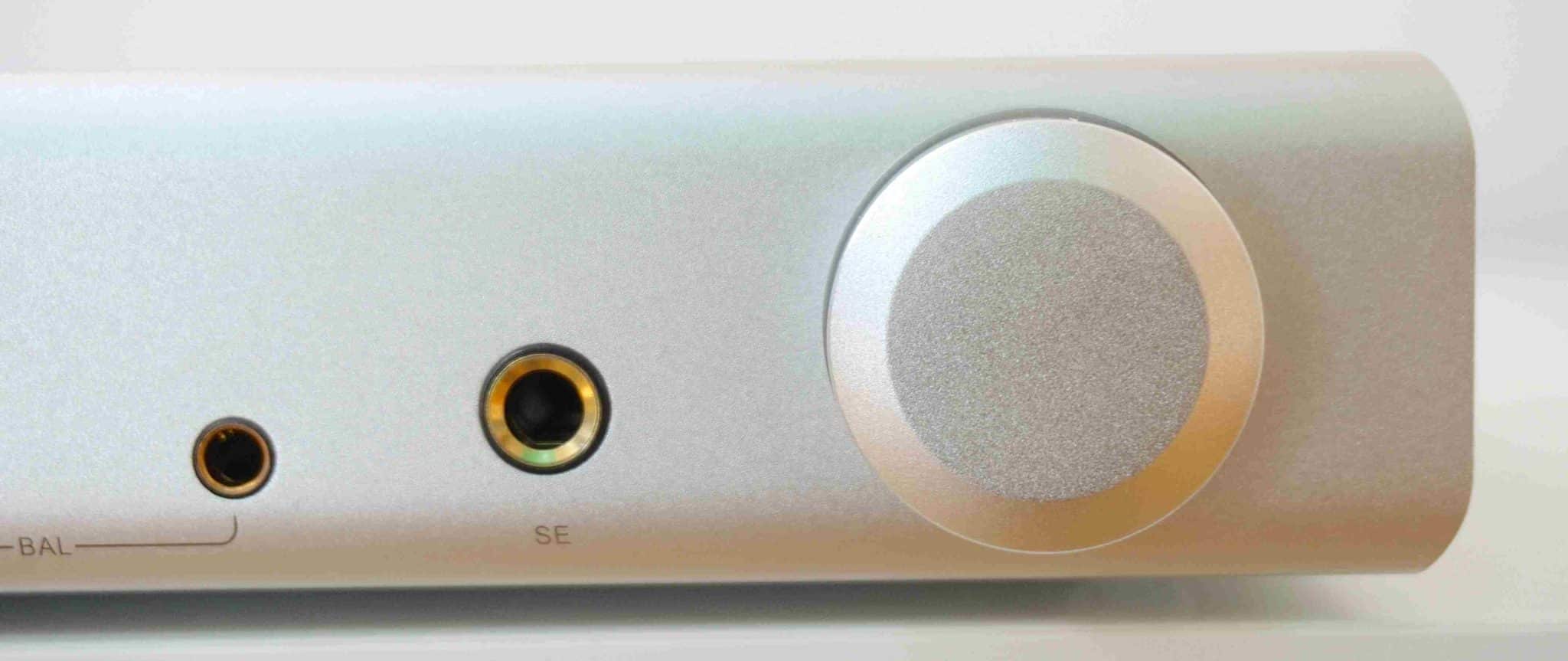

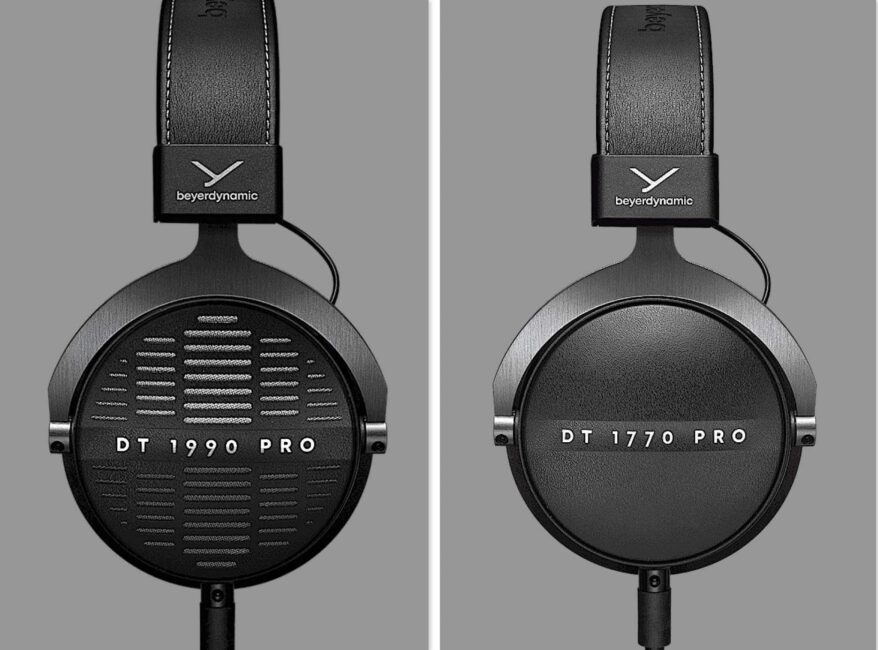

Hey there, Paul,
Could you please share a couple of your top recommendations for headphone amps under $1500 (without DAC built in) that would pair well with Meze Empyrean headphones? I’m looking to add detail and soundstage to these lovely but warm headphones.
Thanks for your great reviews of gear!
Ross in Denver
Check out the rather lovely Icon Audio HP8 Mk.II. I recommend giving them a call too – nice guys: https://iconaudio.com/headphone-amplifier-hp8-mkii
Thanks for the quick reply, Paul. I’m thinking that I’d like to go with a true balanced output on the amp…
So what do you recommend along those lines?
And do you think that going with balanced is a good idea?
Hi Ross – balanced is a great option, yes and this Topping model is a fine example to support that. Also the Ragnarok II from Schiit.